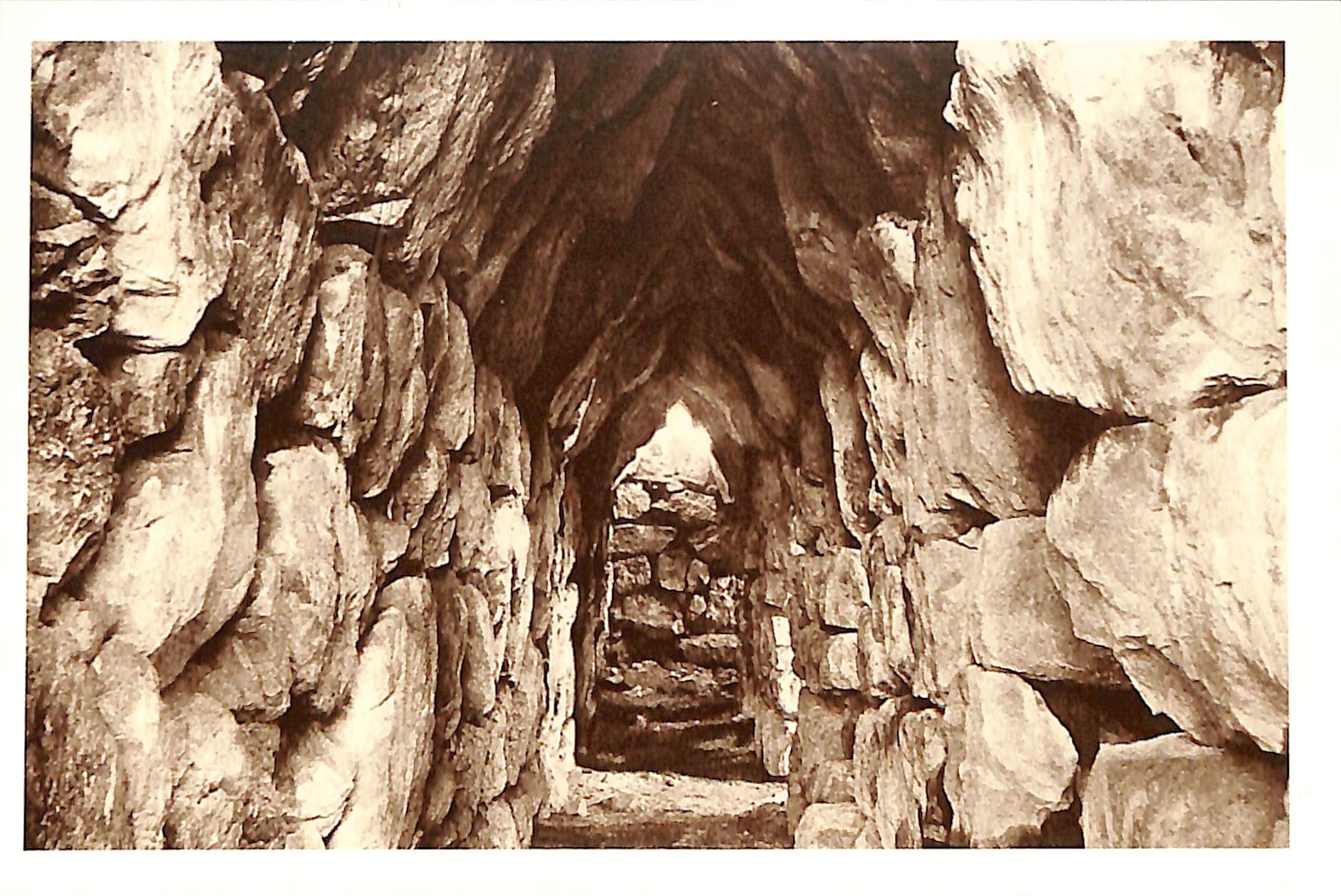
4/28/2025 4:42:10 PM
The Mycenaean Acropolis of Tiryns.
The archaeological site of Tiryns, located at the 8th kilometer of the Argos–Nafplio road, was continuously inhabited from the Neolithic period through to late antiquity. During prehistoric times, the site flourished particularly in the Early and Late Bronze Age. In the second phase of the Early Helladic period (2700–2200 BC), it is believed that an important settlement existed here, featuring dense habitation and a uniquely constructed circular building with a diameter of 27 meters, situated at the top of a low hill. In the Late Bronze Age, the hill was gradually fortified, enclosing within its famous "Cyclopean Walls" the palace complex and other buildings primarily used by the upper social classes as places of worship, storerooms, workshops, and residences. In historical times, Tiryns, although it likely functioned as an organized political community, was unable to compete with the neighboring city of Argos, which destroyed it in the first half of the 5th century BC and exiled its inhabitants. According to myth, the founder of Tiryns was the Argeian prince Proetus, who fled to Lycia after a quarrel with his brother Acrisius. Tiryns is also linked to the legendary heroes Bellerophon and Perseus, as well as the demigod Iraklis.
Pictured: The gallery of the Acropolis of Tiryns, looking from the interior toward the exit, in 1890. ©Municipal Photography Museum of Kalamaria ‘Christos Kalemkeris’.

